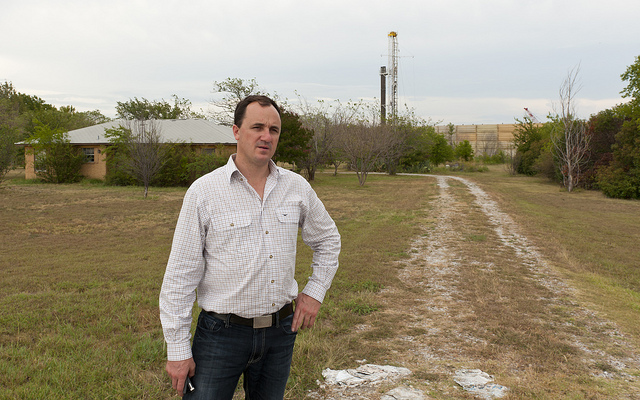
Millennium Biltmore Hotel Los Angeles, courtesy of millieniumbiltmore, CC BY 2.0.
There are about 17,000 taxing jurisdictions in the United States. It’s an overwhelming number, but it helped put in perspective all the topics discussed during the RICS Summit of the Americas this year. I blogged previously about the first part of my experience at the conference.
One of the sessions at the RICS Summit of the Americas focused on California’s property tax laws. The most common one is Proposition 13, which took effect in 1978. Essentially, Prop 13 establishes a base value for each property as of 1975. This base value can increase up to 2% per year except when there is a change in ownership of the property or if new construction is completed on the property. Interestingly, a change in ownership has been the subject of intense litigation in California. An audience member suggested that on commercial properties the definition of “change of ownership” could influence sales prices and the types of comparable sales selected in the appraisal process. Hopefully we’ll see some research on this topic in the coming years.
Attorney Richard J. Ayoob started the session with a discussion of Prop 13’s history. California has the highest income tax in the United States. He has a client in northern California with a $14 million bill just to record a lease.
One of the most interesting parts of the session was the discussion of the Rushmore method and the Lenhoff method of valuing intangibles in the income approach for hotels. This discussion centered on a battle over the property tax assessment of the Ritz-Carlton Hotel in Half Moon Bay, California. The hotel’s owner claimed that variation of the income approach used by the San Mateo County Assessor erroneously inflated the value of the hotel by including $16.8 million in intangible assets, which are nontaxable according to California law. Of the disputed amount, the Court of Appeal said that only $2.8 million had been charged improperly. However, the case did confirm that proper application of the income approach requires an assessor to specifically identify and exclude intangible assets before finalizing the opinion of value and assessing taxes.
Then, Peter Kotschedoff of Versatax Consulting talked about other current legislation in California. He discussed SB 8, which considers a sales tax on services. This would be unprecedented because services typically are not taxed; most of the time only goods are taxed. How this affects real estate is that real estate services would become taxable. This would mean that services such as brokerage services, appraisal services, consulting services, etc. would be taxable, with limited exemptions. To illustrate the impact, the state portion of sales tax is 3.93% and the local portion of sales tax varies. Adding at a minimum approximately 4% to the cost of real estate services alone would dramatically increase tax collections assuming no change in the amount of services purchased. However, as we know, demand for real estate services is likely to change if the costs of those services increase (as a result of the tax).
The final topic discussed in this session was a “split roll.” This term refers to situations when a tax assessor uses one method to assess residential properties and a different method to assess commercial properties. A split roll in California, according to the panel, would leave residential properties under the Prop 13 structure and would force commercial properties to be reassessed more frequently. This raises several issues. First, a 2012 Pepperdine University study suggested that a split roll would increase tax revenues but decrease the number of jobs. Second, a split roll would increase the workforce requirements in various tax assessor offices. Third, the panel posed a provocative question—is there a mass appraisal solution for the commercial real estate appeal logjam that a split roll would create?
This last question is most interesting to us at Greenfield Advisors because we have significant expertise in mass appraisal and offer expert testimony on mass appraisal issues all over the United States. One of the challenges is figuring out how to produce reliable mass valuation results for commercial properties, which is much more of a challenge than residential properties. Industry participants and I have discussed this issue in the past—the consensus is that modeling commercial property values directly is much more difficult than modeling, say, the local cap rates, which then can be divided into net operating income (NOI) for each individual property to obtain value estimates. I am only aware of one commercially available AVM for commercial properties. This is still a hot topic; I have discussed this issue with potential collaborators twice in the last two weeks, so the idea is still alive and well.
I’ll post more about the summit soon.






Recent Comments